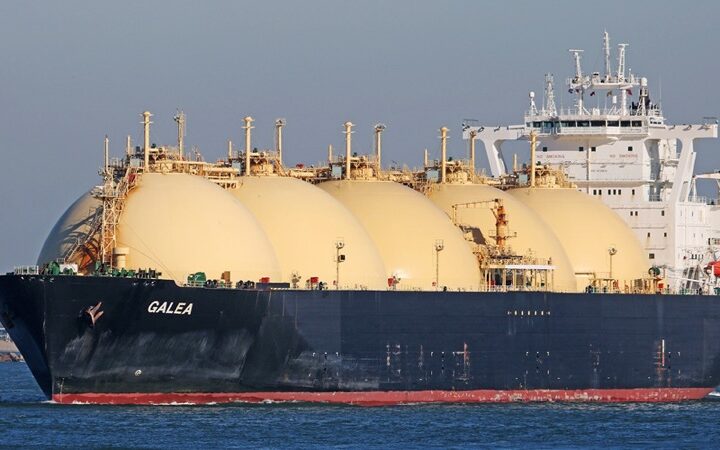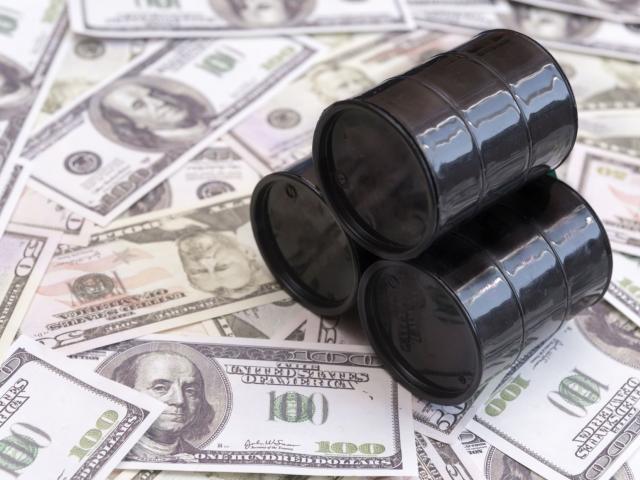.
By Oren Laurent
President, Banc De Binary
The Fed is likely to increase the interest rate by a quarter percent before the end of the year. This has boosted dollar demand, and will result in strong USD performance in Q3 and Q4 of 2015. However, the level of domestic investment may decline if borrowing rates rise too much.
 The Federal Reserve Bank is expected to raise interest rates by a quarter percentage point before the end of 2015. Additionally, US policymakers expect that inflation will remain at historically low levels for at least the next five years and the economic growth rate will increase at a decreasing rate. These announcements were presented to policymakers during the meeting that took place on June 16 to 17.
The Federal Reserve Bank is expected to raise interest rates by a quarter percentage point before the end of 2015. Additionally, US policymakers expect that inflation will remain at historically low levels for at least the next five years and the economic growth rate will increase at a decreasing rate. These announcements were presented to policymakers during the meeting that took place on June 16 to 17.
However, these views are not shared by those who determine interest-rate policy in the US. These analysts and governors – many of whom are outside Washington – will generate their own interest-rate forecasts, growth rates and other economic predictions. Based on the estimations of economic analysts, it is likely that the Fed will raise interest rates to 0.35 percentage points by Q4, 2015. Presently the Fed funds rate is approximately 0.13%.
How Interest-Rate Hikes Impact Economic Variables
The implications of interest-rate hikes are important as they pertain to the US dollar index, confidence in the US economy, and global economic prosperity. Since the USD is the world's reserve currency, any change in interest rates will inevitably impact upon commodities prices, investments in Third World economies, and business confidence in the US. Typically, when interest rates rise, the cost of investments in the domestic economy becomes more expensive. In order to counter the effect of increased borrowing costs, expected revenue projections must increase. More importantly for domestic housing, increased interest rates imply that the costs of mortgages and long-term loans will increase, dampening investment in property. One of the most important economic barometers is residential investment. Increased home sales in the US were pivotal to the economic recovery that has taken place since the 2008 global crisis.
Policymakers Push for Rate Hike
The Federal Reserve is interested in maintaining an interest-rate between 0% and 0.25%. This rate is used as a control mechanism for short-term interbank lending. In all, 15 of 17 policymakers are intent on raising interest rates for 2015, with the majority signalling a desire for just one interest-rate hike. It is unlikely that the inflation rate will reach the Fed’s desired range of 2 percentage points for the year, but GDP is expected to increase by 1.74 percentage points this year to Q4, 2020.
Rising interest rates also decrease the consumption of durable goods, because the financing costs are higher. Increased interest rates will also add to America's national debt for the same reasons.
On a positive note, those with money invested in banks and financial institutions will be earning more interest, and those with strong dollar holdings in Forex will see the USD gaining ground against a basket of currencies as it becomes the preferred currency. While this will certainly hurt exporters, importers will be able to purchase more foreign goods and supplies with fewer dollars. It’s a mixed bag, but the momentum is clearly with the greenback!
Please note that this column does not constitute financial advice.







